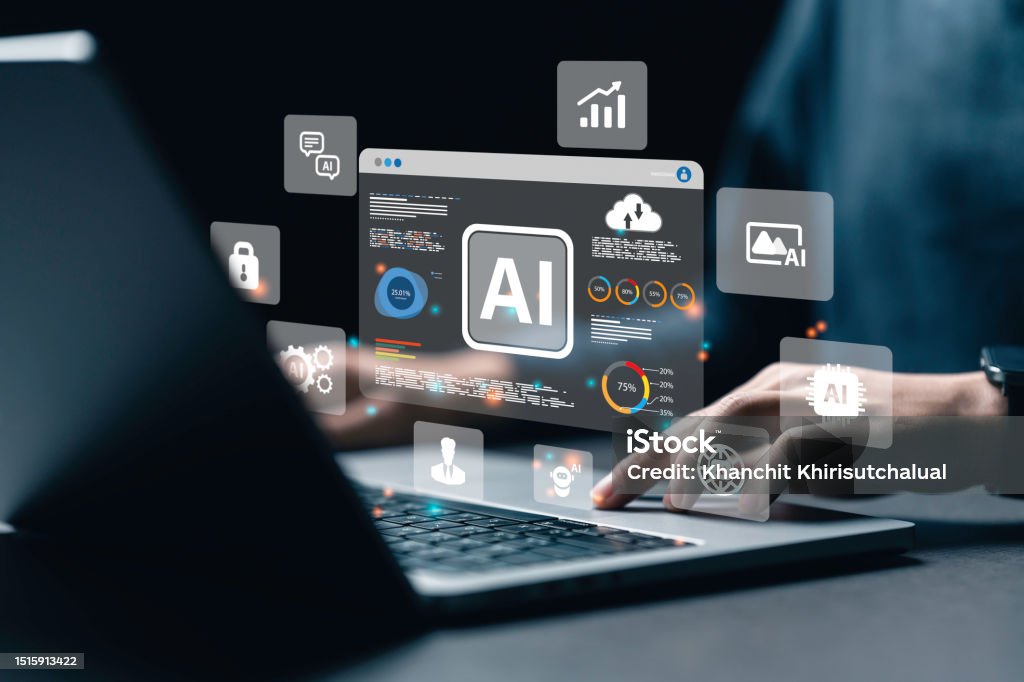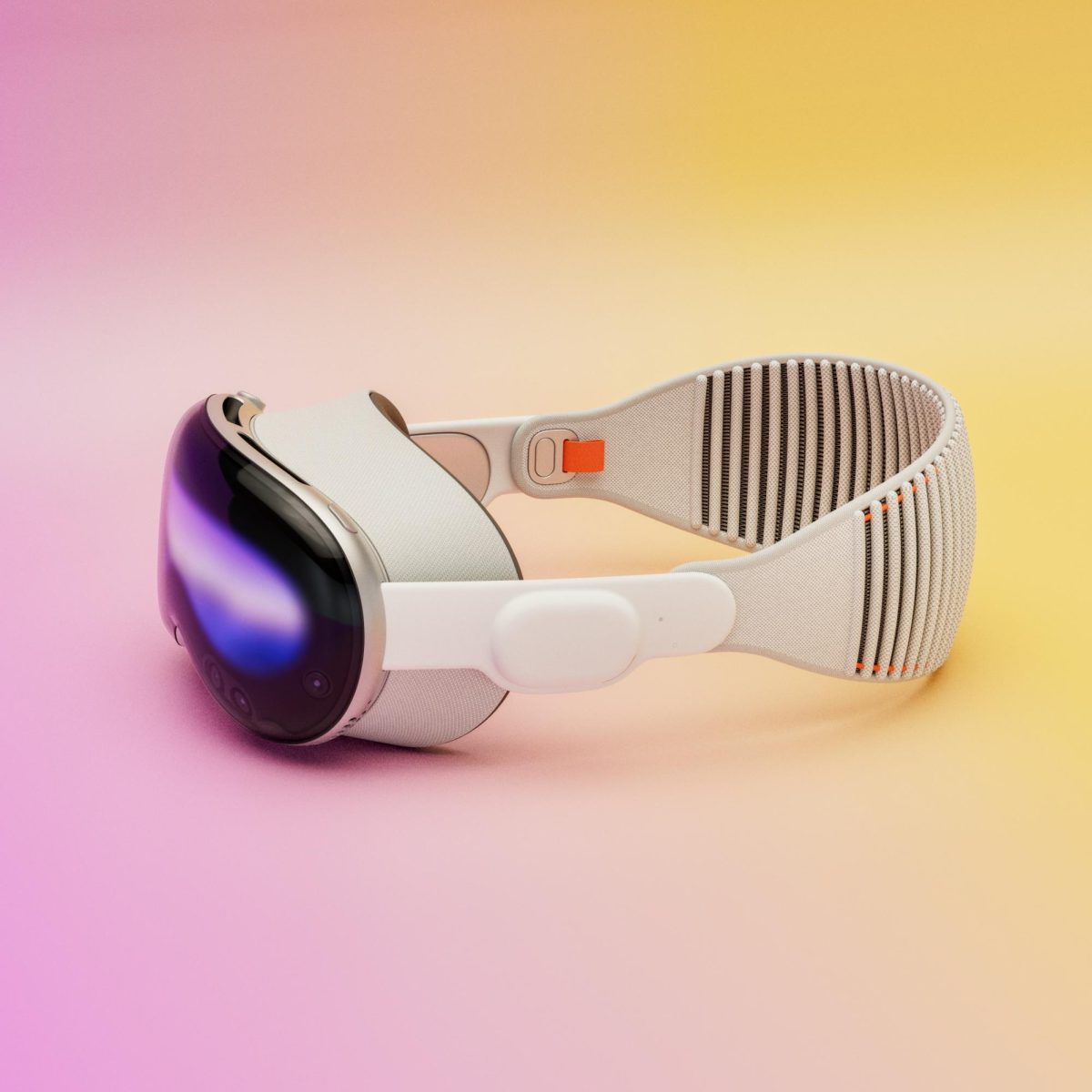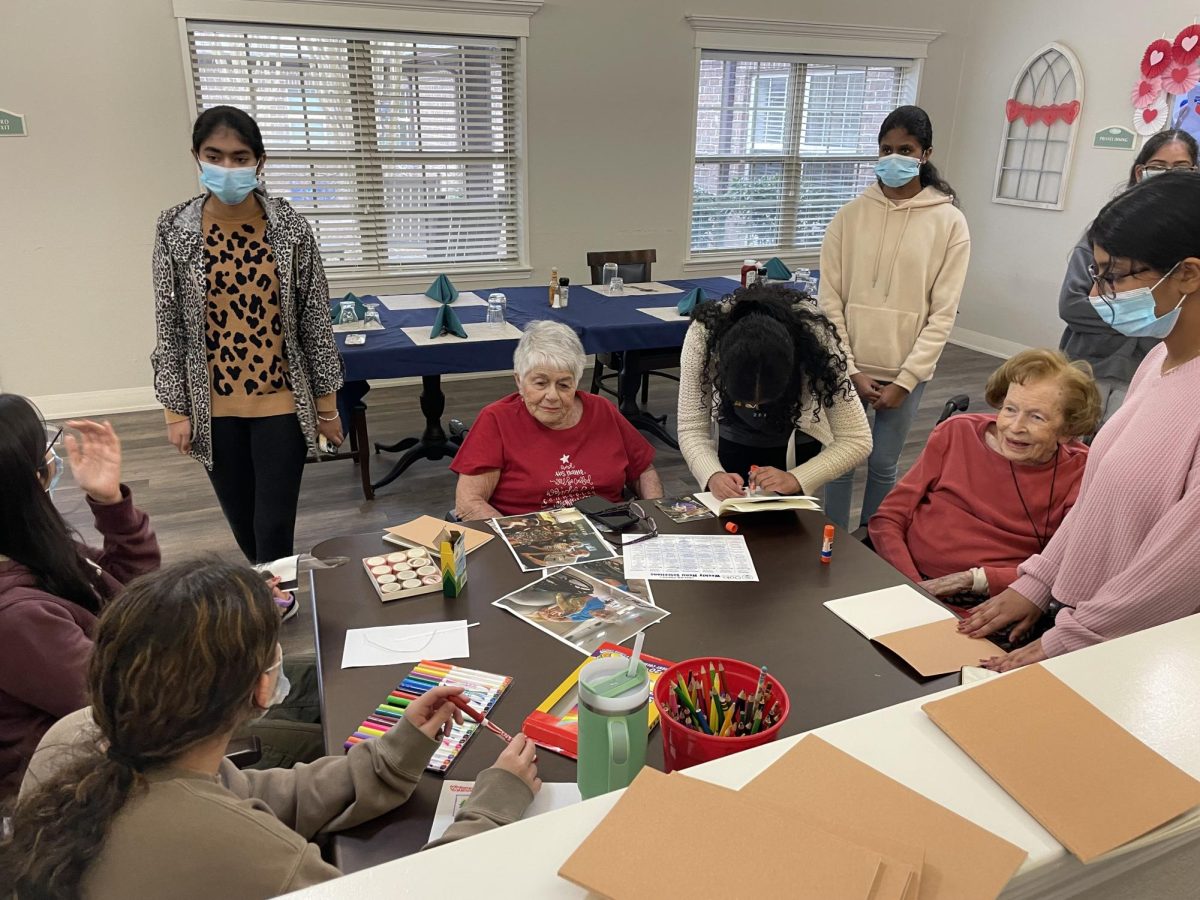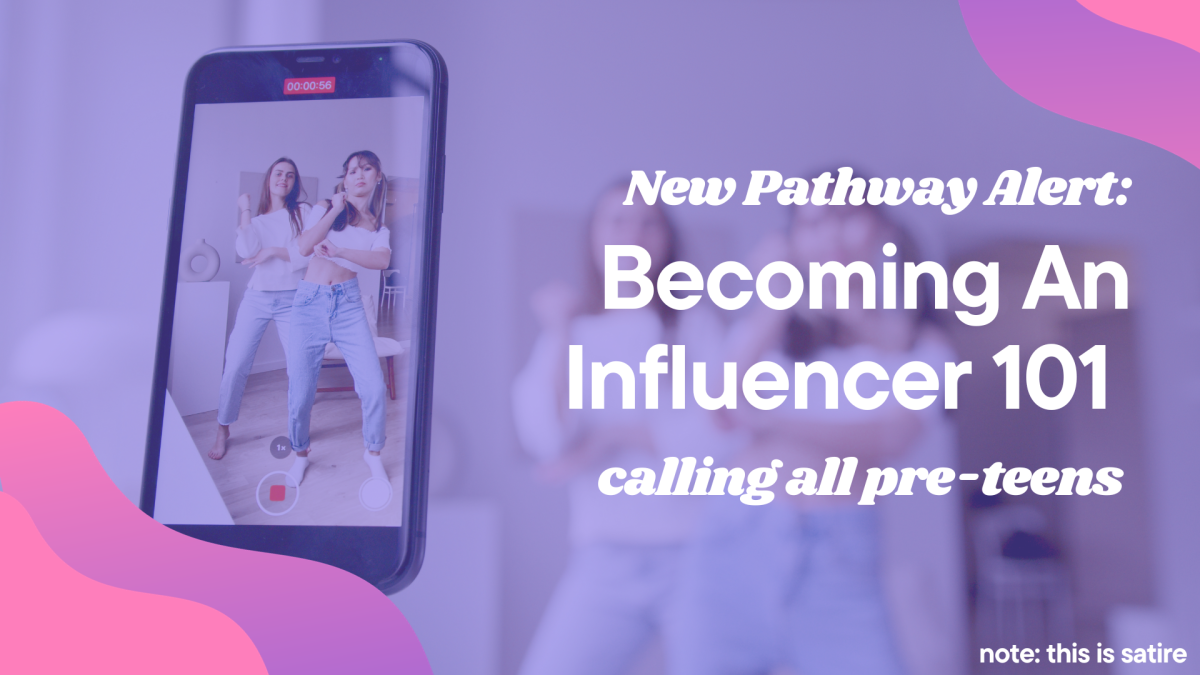“AI” is a word that has been repeated multiple times over the past few months, but what does it mean? AI stands for artificial intelligence and is exactly what it sounds like: an artificial machine system in computers that is designed to mimic the human mind.
The same neural network in our brains that allows us to create and solve problems is exactly what AI is based on, except that it uses an artificial neural network system.
From writing essays to answering questions to aiding in healthcare, AI can do almost everything. It can change our world.
But is that really what we want?
Very Artificial, but Very Intelligent
Artificial intelligence plays a prominent role in our world today. The NY Times says, “The power of these products will grow significantly and be used by far more people.”
Tech companies such as Google, Open AI, Microsoft, and Amazon are already incorporating artificial intelligence into their software. Sometimes, people are unaware of how integrated AI is into our daily lives.
If you’ve used Amazon before, the “Customers have also bought” and “You might also like” sections of the website are examples of AI. The software can recognize patterns and trends from your previous purchases.
Google Maps even uses AI to “Provide up-to-date information about traffic conditions and delays — sometimes helping you avoid a traffic jam altogether.”
Even the learning platform Quizlet dropped an AI feature called Magic Notes, where students can upload their notes and Quizlet will transform them into flashcards or practice tests to enhance learning.
These are only a few examples of the use of artificial intelligence, but in reality, it’s much more blended with our day-to-day lives than we think.
AI ChatBots
It wasn’t until recently that chatbots became the most well-known AI technology that’s right at our fingertips.
Chat GPT and Open AI are examples of AI-powered chatbots and are big names in the tech community, and for good reason. GPT was the first chatbot that introduced people to the idea of chatbots, a “virtual assistant” that seems like having a conversation with someone who can provide answers to almost any question.
Chatbots can find errors in code, and just by copying and pasting a piece of code and asking for help, users can watch the AI pinpoint their mistake and offer suggestions.
If you ask Canva’s AI image generator tool to “ show me a sci-fi city,” the image will be created. To put it into perspective, just simply asking for resume examples, or an email to your boss, is something AI can easily do.
Chatbots come in various forms as well, some help in styling clothes, and even medical patient guidance. Consequently, with all of these chatbots providing solutions to problems, jobs in almost every workforce may be at risk.
AI vs the Human
Since artificial intelligence is said to mimic human interactions and processes, it’s important to compare it to ourselves to fully understand its abilities.
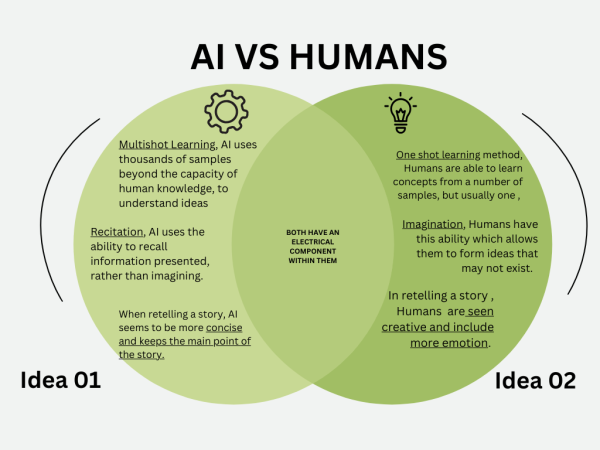
For example, the way AI and humans access and process information varies, and so does how they store knowledge.
But they are also similar in the way that both humans and artificial intelligence can supply innovative solutions to problems.
So will AI be able to truly mimic human intelligence? The answer is no, and here’s why: AI lacks emotional intelligence.
As social beings, we need to experience feelings and emotions, which is extremely difficult for artificial intelligence to replicate. AI’s judgments are based solely on patterns in data and therefore cannot make ethical decisions based on values or morals.
Furthermore, AI has not reached the stage of becoming “Self Aware,” in other words becoming conscious of itself.
Getting Lost in AI
It’s hard not to use AI when it can do almost everything.
South Forsyth High School’s Intro to Software teacher, Gabrielle Burlison, discussed how AI can impact us negatively.
“If we forget its limitations, and we just kind of rely on it for everything,” Burlison said.
There are many instances where students especially fall into the habit of using AI software like Chat GPT and Grammarly to do their work for them. This is known as “Overreliance,” which can lead users to accept incorrect AI outputs.
Aritra Shah, President of South Forsyth High School’s AI club, said, “It’s easy to fall into the habit of using AI for tasks that we can do ourselves, potentially hindering our learning and problem-solving abilities.”
Another potential downside could be forgetting to double-check the information AI provides.
“If you use AI for your daily activities, you want to double check the information because it may not always be 100% accurate,” Shah said.
This inaccuracy is seen in artificial intelligence when giving an incorrect, biased response. AI learns by analyzing data patterns to answer questions; however, if the training data is incomplete or biased, the AI model may learn incorrect patterns. This can lead to the AI model making incorrect predictions, what’s called “hallucinating.”
Sometimes AI’s responses are biased because of how the inaccurate information is presented, and if it’s presented in a confident manner, the tone encourages people to believe it. In the end, it’s always important to fact-check and utilize AI as a tool rather than the answer to all your problems.
Imagine a Future…With AI
A.I. is set to advance at a rapid rate, becoming more powerful and spreading into the physical world.
In the next few years, online chatbots will expand not only with text, but by sending and receiving videos, photos, and even diagrams. They will continue to be able to solve complex problems in both the digital and outside world.
Another advancement will occur in the healthcare industry, as it’s been predicted that AI will be able to diаgnоse diseases based on symptoms by reading dаtа frоm а fitness bаnd оr а рersоn’s mediсаl histоry. This is especially important for people around the world who do not have access to doctors or healthcare facilities.
Educational courses taught by AI will also become prevalent, allowing students to achieve things faster and more efficiently. Transportation, Finance, and cybersecurity all have the potential to expand with the help of artificial intelligence.
As of now, AI is so new there’s no saying where it’s headed in the future.
Sources
1.”Robots Learn, Chatbots Visualize: How 2024 Will Be A.I.’s ‘Leap Forward’” from New York Times by Cade Metz
2.”Future of AI (Artificial Intelligence): What Lies Ahead?” From Simpli Learn by Nikita Duggal
3.”What are AI hallucinations?” from Google Cloud
4.”Overreliance on AI Literature Review” from Microsoft by Samir Passi and Mihaela Vorvoreanu
5. “9 Ways we use AI in our Products” from Google Blog by Justin Burr





